The Secret Operations of P.O. Box 1142
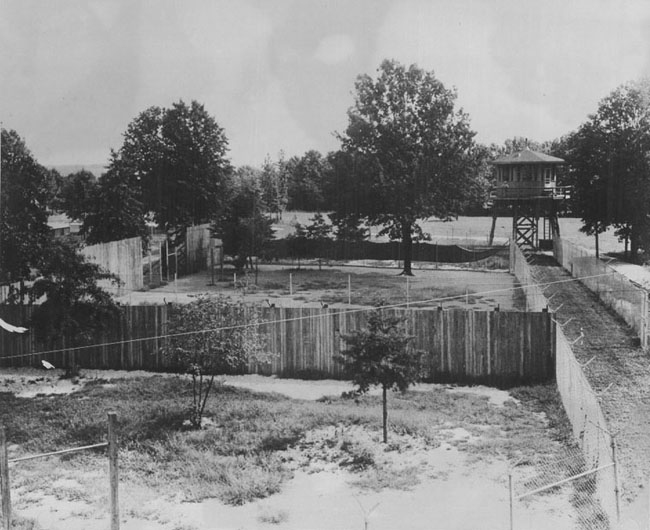
Today it’s an average park where families come to barbecue or play baseball, but during World War II, there were secret operations taking place at this location less than 15 miles from the Pentagon.
To go back even further, this land used to be part of George Washington’s Mount Vernon estate and was purchased by the War Department in 1892. Large gun emplacements were installed to defend the Potomac River from attacks. While operational in 1898, it took until 1904 for all battery construction to be completed.[0]
The massive eight inch guns could fire a round up to eight miles away and were designed to disappear from view when not firing. None were fired in anger and by 1918 all of the batteries were dismantled and sent elsewhere.[1]
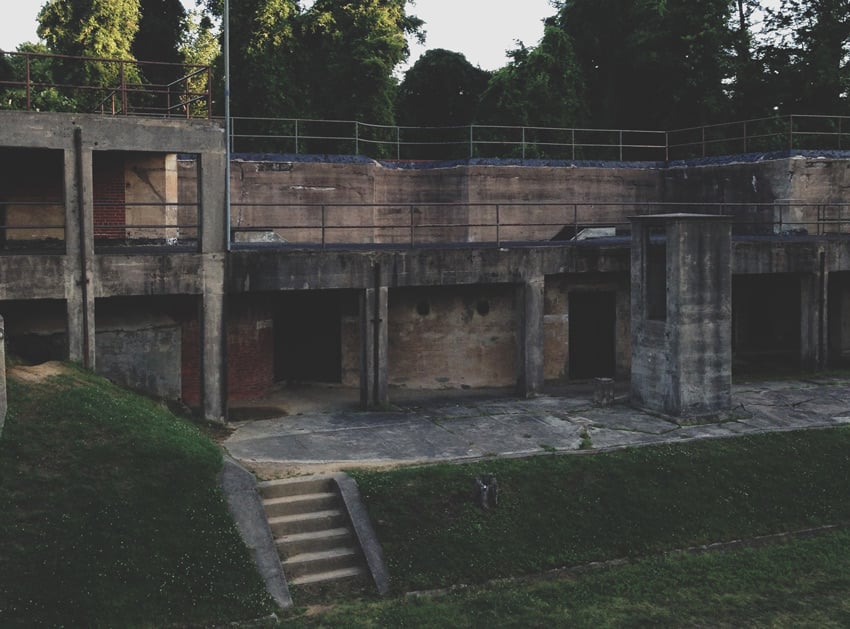
A mixture of uses claimed Fort Hunt until 1930 when the area was transferred the Office of Public Buildings and Public Parks of the National Capital. It became a recreational area, much like it is today.
Most likely due to it’s proximity to the Pentagon and the natural surrounding of thick trees, during World War II, the park was transferred back to the War Department for top secret use. Two operations took place at Fort Hunt, MIS-X and MIS-Y at the location simply known as “P.O. Box 1142.”
Author’s Note: This is in no way an exhaustive list of what went on but more of an overview. I highly recommend that you dig for more information yourself because there is a lot out there.
MIS-Y
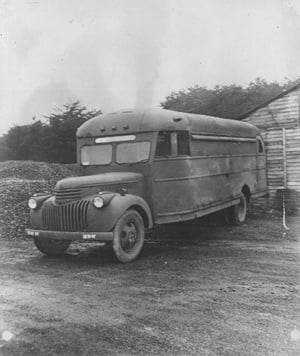 By the end of the war, some 4,000 captured German prisoners spent time at Fort Hunt. Some would call it a POW camp but technically speaking, it was labeled as a “temporary relocation center.” This was done to get around the Geneva Conventions which required the location of captured personnel be disclosed to their home country.
By the end of the war, some 4,000 captured German prisoners spent time at Fort Hunt. Some would call it a POW camp but technically speaking, it was labeled as a “temporary relocation center.” This was done to get around the Geneva Conventions which required the location of captured personnel be disclosed to their home country.
The Army buses that delivered prisoners to and from P.O. Box 1142 had the windows darkened or were even made windowless so no one could see who was aboard during transport.
The goal wasn’t to simply capture and interrogate as many German prisoners as possible, but rather they aimed for those who possessed significant information. Some of the more well known prisoners to pass through Fort Hunt were rocket scientist Wernher von Braun, spymaster Reinhard Gehlen and Heinz Schlicke who worked on stealth technology. U-boat Lieutenant Commander Werner Henke was also held at Fort Hunt but was fatally shot as he climbed the fence to escape.

Photos © Wikipedia
Many of the soldiers stationed at P.O. Box 1142 were born in Germany. These men were recruited specifically for their abilities and background. Since they truly spoke the language and even grew up in the country and culture, they were able to relate well to the prisoners and in some cases they would even act as prisoners themselves.
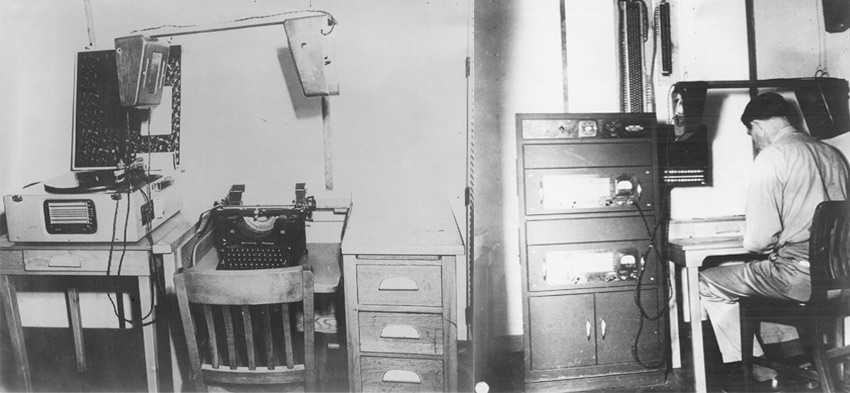
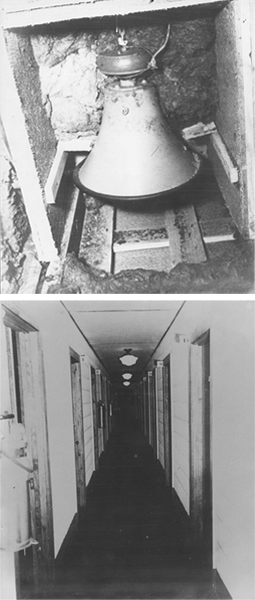
To be clear though, interrogation at this camp did not happen like it does today. In most ways, the interrogators were friendly and cordial.
One soldier later mentioned that they would sometimes give the prisoners just about everything, “wine, women and song” to get information out of them. Often times they would play sports together, swim in the pool and even take them out for dinner dressed in civilian clothes.[2]
Another trick used to gather information was to “bug” the rooms. With these listening devices in place above the ceiling, interrogators were able to gain inside knowledge while the prisoners thought no one was listening.
The men that worked at P.O. box 1142 were sworn to secrecy and many of those still alive are refusing to talk. Luckily, some have shared insight as to what went on because it is declassified today but others have never talked about it to anyone, even their family.
Photos above Courtesy of NPR and the National Park Service.
MIS-X
While MIS-Y was as a type of POW camp at Fort Hunt, there were other covert activities taking place that were even more secretive. So secretive that almost no one knew of its operation and the budget was hidden from the government. Not even those working at MIS-Y were aware MIS-X existed.
The purpose of MIS-X was to send American POW’s in Germany care packages with hidden items allowing them to escape and evade their captors. Fictitious aid organizations and even fake relatives were created so these packages would to reach the captured American soldiers without much suspicion.
Through the use of coded messages, American prisoners in German camps became spies and would send back inside information about their surroundings.
On the site of P.O. Box 1142 was a building code named, “the Creamery” which was where cryptoanalysts would decipher coded messages sent from captured American soldiers.
Across from “the Creamery” was a separate building, code name “the Warehouse.” This was the location that held machines and materials necessary to build and assemble escape and evasion kits. These kits would often include saws, button compasses and maps but were always disguised as other items.
Playing cards could be separated so sections of a silk map would be revealed and compasses were hidden in buttons of clothing. Radios were also built into items such as cribbage boards and baseballs that allowed the prisoners to listen to the BBC for coded messages.
All of this effort resulted in the escape of many captured Americans and undoubtedly provided valuable intel on how operations took place.
Photos above courtesy of the National Museum of the US Air Force.
1945
Just days after Japan surrendered and WWII came to a close, the Pentagon ordered that everything at P.O. Box 1142 be destroyed. Some items such as unused food rations were sent to the Salvation Army but all records and devices created at Fort Hunt were burned.
Walking the grounds today, you wouldn’t even consider that anything interesting happened here, let alone some of the most top secret operations of the war.
Remembering P.O. Box 1142
The men that worked at Fort Hunt deserve our thanks and respect. They took their job seriously and understood the importance of maintaining silence during the war.
In 2007, a few veterans of Fort Hunt that served as intelligence workers got together for a reunion. They were honored and recognized for their contributions during their time at P.O. Box 1142 and a flagpole and plaque was placed in Fort Hunt for the first time since WWII.
Photo Courtesy of the National Park Service.
If you are ever in the Washington DC area and have the time to head a few miles South, I highly recommend you take a trip to Fort Hunt. There’s really nothing left of the top secret operations that took place but if you have an imagination like mine, you’ll still have a great time.
You can also explore the old batteries that are still in place and have been relatively untouched since 1904. While the guns have been long removed, there’s plenty of history to soak in.
Further Reading
Just doing a web search for “P.O. Box 1142” yields many interesting articles and I recommend you poke through them all. Here are some articles in particular that have grabbed my attention:
- Breaking The Silence Of A Secret POW Camp [NPR]
- World War Two: The Escape Factory
- Fort Hunt’s Quiet Men Break Silence on WWII [The Washington Post]
- World War II Vets Honored For Top-Secret Work [National Park Service]
- The Escape Factory [Lloyd R. Shoemaker]
Footnotes






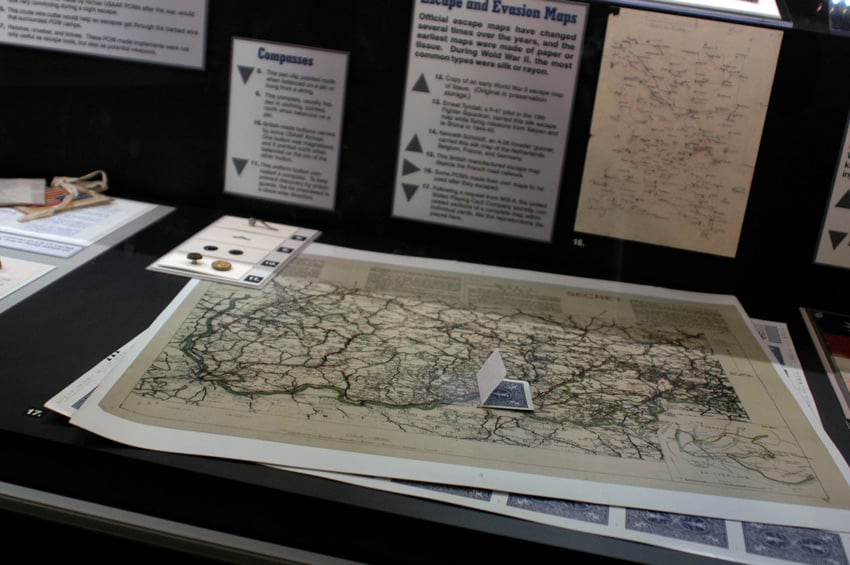
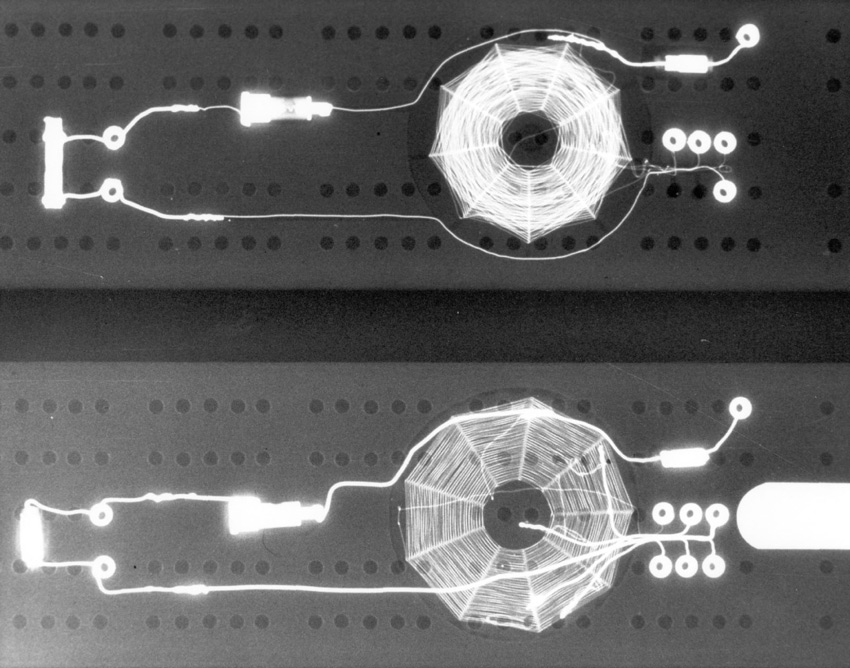
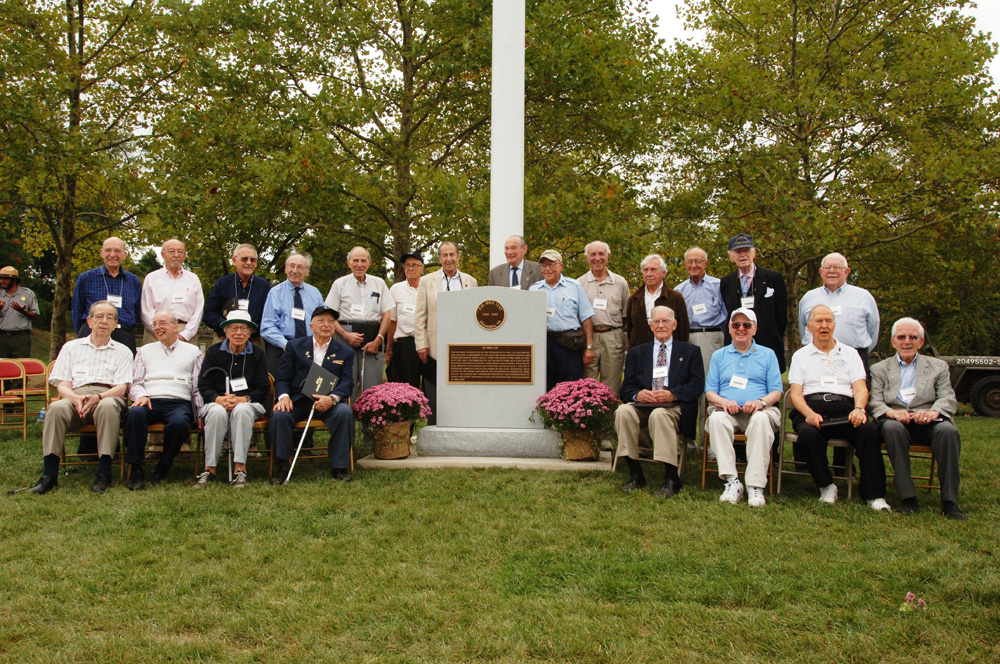
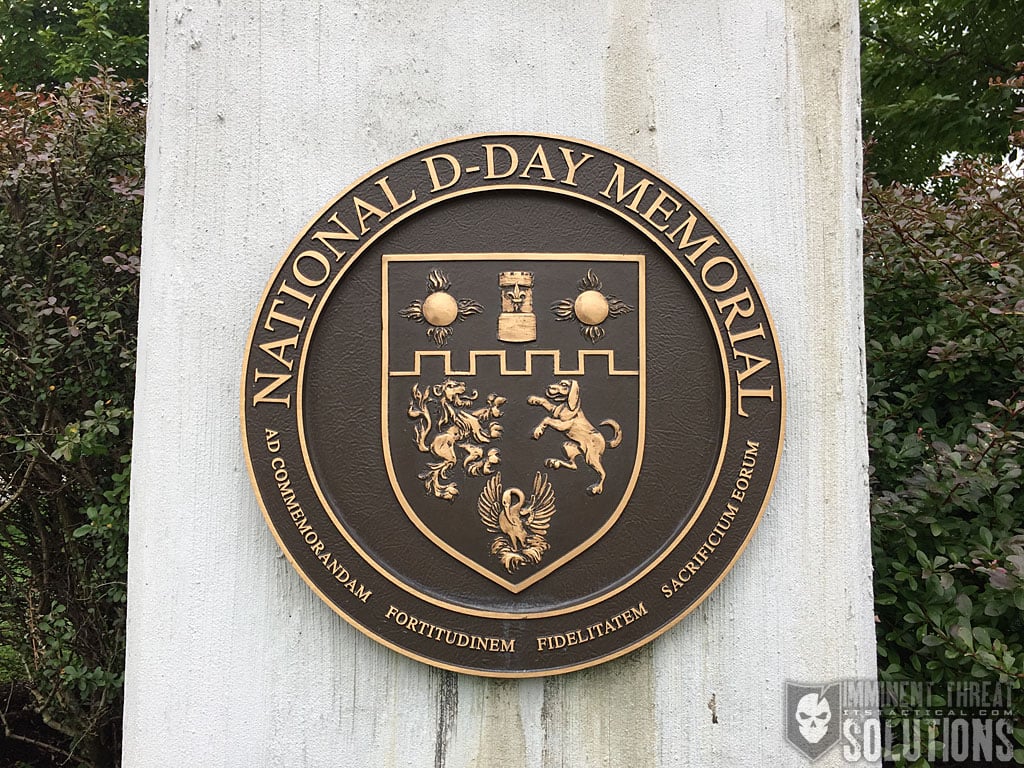
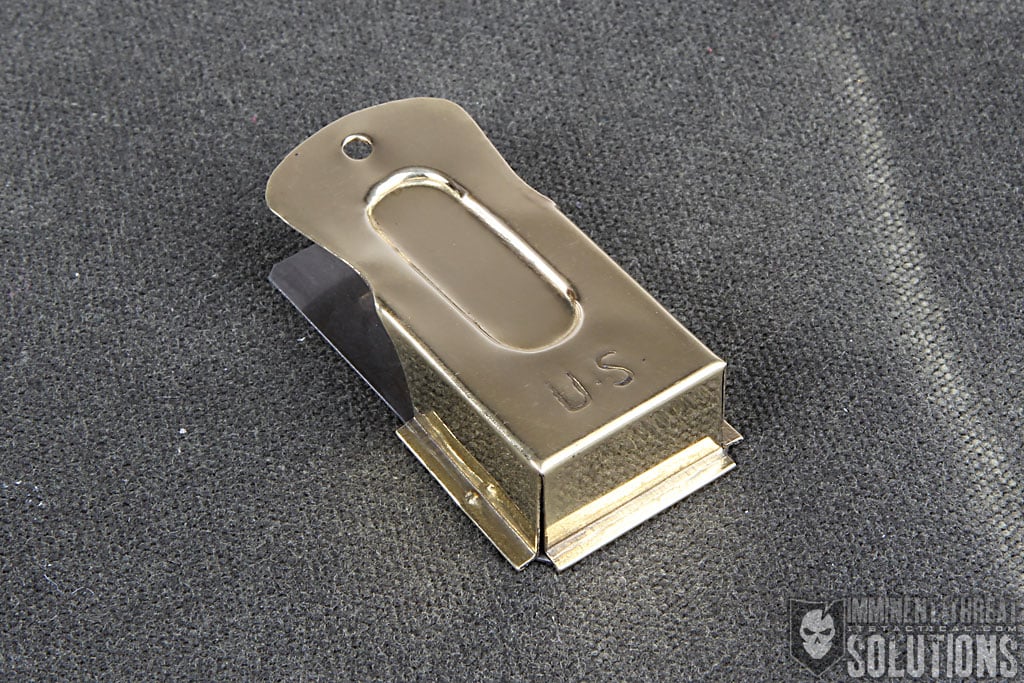
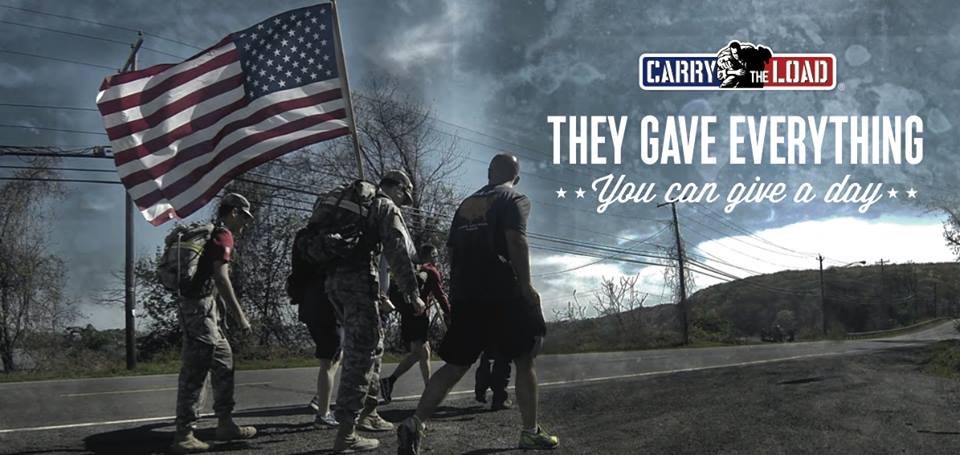
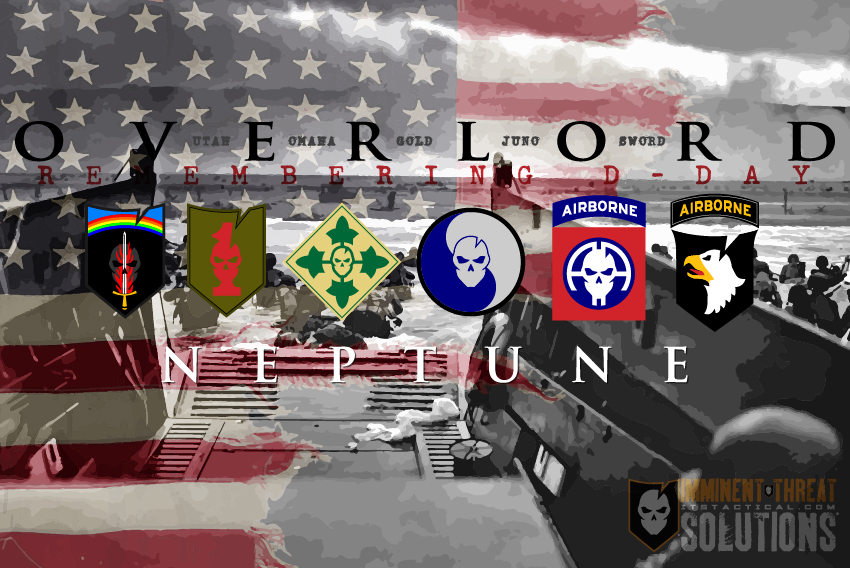

Discussion